 |
| Choanoflagellate colony stained to highlight DNA and other features (Nicole King lab) |
 |
| Mono Lake’s extreme environment, characterized by high salinity and toxic substances such as arsenic and cyanide, may have driven the evolution of this distinctive species. |
California discovery may explain evolutionary arising of animals
 |
| Microscopic choanoflagellate B. monosierra |
Its iconic tufa formations and thriving populations of brine shrimp (aka fly larvae) and alkali flies showcase an ecosystem adapted to the lake's hypersaline, alkaline waters.
- PHOTO: Globular colonies of the choanoflagellate Barroeca monosierra seen under a microscope. As indicated by the 50-micron scale bar in the upper left, these colonies are at the limit of what’s visible to the naked eye (Alain Garcia De Las Bayonas, Nicole King lab, © The Brighter Side of News).
 |
| Dhamma Aboard Evolution: Agganna Sutta |
The discovery is a single-celled organism called a choanoflagellate, a group that holds special significance in the study of evolution. Although not animals themselves, choanoflagellates are the closest known living relatives of animals.
Their biology offers vital clues about the transition from single-celled to multicellular life. What sets this particular species apart is its microbiome.
Unlike other choanoflagellates, which typically consume bacteria, this species forms a stable, physical association with its bacterial partners.
This makes it the simplest known organism to host a microbiome, providing researchers with an unprecedented opportunity to study how early interactions between single-celled organisms and bacteria influenced the evolution of complex life, including animals.
 |
| This could explain life. |
- Ancient tribal protectors of Mono Lake: Kucadikadi ("shrimp eaters" or "fly people"), Northern Paiute of California
The Chicken or the Egg?
 |
| I don't think, therefore I'm not, Rene |
- The dilemma stems from the observation that all chickens hatch from eggs and all chicken eggs are laid by chickens, a situation where it is not clear which of two events should be considered the cause and which should be considered the effect, to express a scenario of infinite regress, or to express the difficulty of sequencing actions where each seems to depend on others being done first.
Wittgenstein would be dismayed. The answer, of course, is the proto-chicken, a creature which is a "chicken" because it lays chicken eggs but is not a chicken because it itself was not born of such an egg. Yet, if it looks like a chicken and clucks like a chicken, it is chicken enough because it does the most important thing, which is to give birth to chickens rather than it itself being born the way "chickens" are thereafter. (The exact same evolutionary question might be asked of Homo sapiens or modern humans. Which came first, the human or the womb? If all humans are born of wombs and all human wombs are produced [only] by humans, we're in the same dilemma. (Neither is completely true, but we begin with this assumption to our detriment).
The excellent thing about this discovery by UC Berkeley, my own alma mater, is that it gets at the reality and avoids the logical trap, causality dilemma, or infinite regress logicians would be caught in. There is a transitional creature that is neither yet fully animal nor solely pre-animal because it has a stable microbiome it has partnered with. Similarly, humans born of a womb and giving birth via a womb must have been preceded by a humanoid creature who did not do both.
Where did animals like us come from? That is the question at hand. If this is how "animals" behave and get defined (born of womb and birthing others via a womb), we will trap ourselves in assumptions and the rules of logic. Once we broaden the category to include the proto-animal, or in this case the choanoflagellate with a microbiome, we can begin to see how things might have gone through an intermediary phase not allowed for, assumed, or understood by our strict logic. So hooray for the transitional creature that yet remains alive to be studied that we might understand these animal bodies we identify with as and cling to as "self."
- PHOTO: A colony of choanoflagellates stained to show its features. Cyan indicates DNA — the doughnut-shaped DNA of the choanoflagellate cells and a cloud of bacterial DNA inside the colony — while flagella are white and microscopic hairs (villi) on each cell are red (Kayley Hake, Nicole King lab © The Brighter Side of News).
- PHOTO (TOP): Microscopic life moves. "With the Volvox, this specialization transforms into a full division labor that you can actually see reflected in the cells... – @adelicateculturecell on Tumblr
- The Brighter Side of News via MSN, 1/23/25; Dhr. Seven (ed.), Wisdom Quarterly COMMENTARY























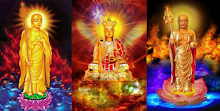



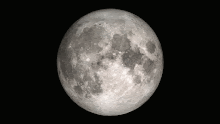














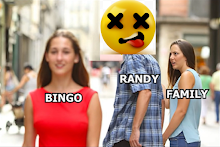
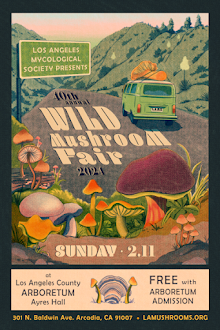





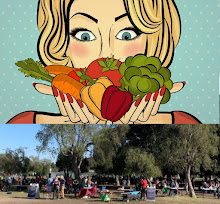
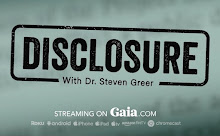

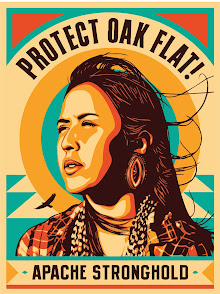





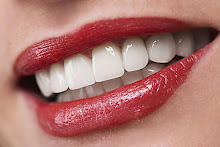
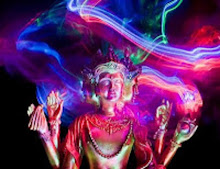


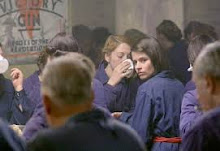






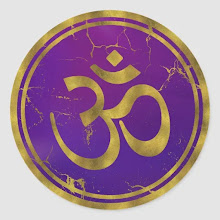
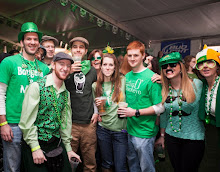




















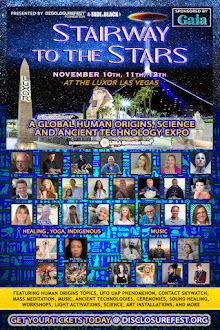









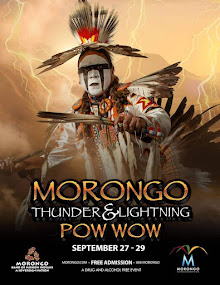














































































































































No comments:
Post a Comment